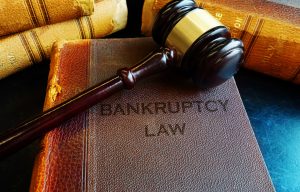The last thing a business wants is the unexpected surprise of having to pay back money it has received from a customer for goods or services. Although charge-backs and payment disputes may be more common in today’s digital world, a startup or business will likely be caught off guard when it is served with a “preference action” filed by a bankruptcy trustee or bankrupt customer.
The Bankruptcy Code permits the trustee to avoid and recover from creditors for the benefit of all creditors of the debtor’s bankruptcy estate certain pre-petition transfers made within 90 days (and sometimes longer) of the debtor’s bankruptcy filing that would otherwise benefit one creditor at the expense of others. Such transfers are referred to as “preferences.” Simply put, a preference is where a trustee can recapture certain payments made by the debtor prior to its bankruptcy filing.

The avoidance and recovery of a preference payment helps to ensure equal distribution among the debtor’s creditors and is intended to discourage aggressive collection tactics by creditors that force the debtor into bankruptcy. An adversary proceeding (a lawsuit filed in the debtor’s bankruptcy) is required to avoid and recover a preference, but a preference action is often preceded by a demand letter from the trustee setting forth the trustee’s claims and demanding immediate repayment of the preference payment.
 Business Lawyers Blog
Business Lawyers Blog


